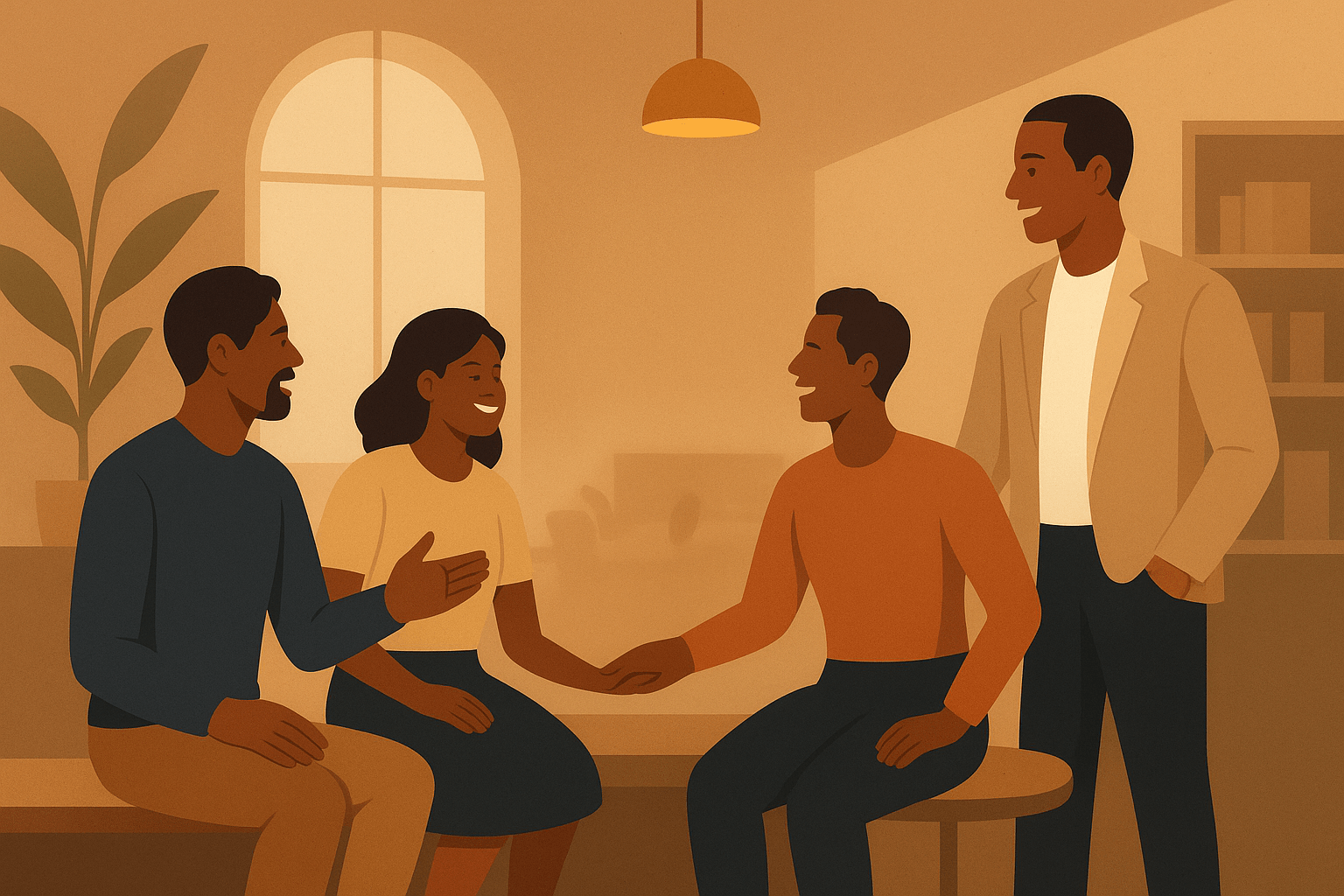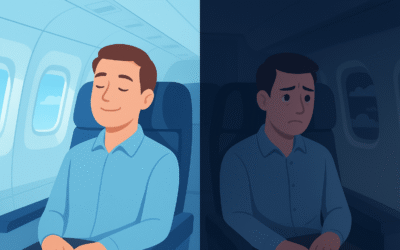Imagine trying to sell in a world where advertising is forbidden. No billboards, no flashy TV spots, no paid social media campaigns. Just silence.
This is the reality for many industries today, from alcohol and nightlife to wellness products and finance, where strict regulations or consumer skepticism have made traditional marketing nearly impossible. Yet, history shows something powerful: brands don’t need ads to win, they need culture.
When direct promotion is banned, the smartest companies turn to human psychology, lifestyle design, and collective behavior to create social norms where none existed before. In this article, we’ll explore why advertising restrictions are forcing a new era of marketing, and share practical, psychology-driven strategies to help your brand grow even when ads are not an option.
The Problem: Marketing Under Restrictions
Advertising bans: Digital platforms, billboards, and mass media often prohibit direct ads for certain industries.
Cultural stigma: Products may be socially sensitive, making people less likely to respond to overt promotion.
Rising consumer skepticism: Audiences are tired of being “sold to,” and actively avoid traditional ads.
This creates a paradox: demand exists, but direct promotion is blocked.
The Psychology-Based Solution
Instead of forcing ads, the most successful brands embed themselves into lifestyles by focusing on human psychology:
1. Belonging → People want to feel part of a tribe.
2. Mimicry → We copy what large groups around us are doing.
3. Rituals → Behaviors become normal when tied to moments (e.g., coffee in the morning, champagne at celebrations).
4. Social proof → If others enjoy it, it must be good.
By working with these natural forces, a brand can create social norms where none existed before.
Practical Strategies to Apply
1. Anchor Your Product in Rituals
Tie consumption to time and place triggers: after work, during weekends, or at social gatherings. Repetition makes it second nature.
2. Create Collective Experiences
Host or support events where many people do something simultaneously, festivals, themed nights, group challenges. Humans love shared experiences, and this visibility makes behaviors spread faster.
3. Leverage Indirect Social Media
Instead of direct ads:
- Encourage user-generated content with lifestyle hashtags.
- Partner with micro-influencers who share authentic moments.
- Focus on moods, aesthetics, and symbols, not the product itself.
4. Attach to Culture
Position your brand alongside music, fashion, street art, or sports. People adopt products that feel like part of a movement.
5. Normalize Subtly
Your product should appear naturally in photos, videos, and stories without explanation. Subtle repetition creates familiarity, which builds acceptance.
6. Use Scarcity and Exclusivity
Limited editions, invitation-only events, or secret drops fuel FOMO (fear of missing out) and make people want to be “inside the circle.”
Why This Works
When you can’t advertise directly, you must stop selling products and start building culture. People don’t just want to buy things, they want to belong, express themselves, and enjoy life together.
By anchoring in rituals, collective moments, and cultural signals, you create new social norms that sustain themselves.
From Ads to Culture
The future of marketing in restricted industries is not about more ads, but about shaping behavior through lifestyle design. Brands that master this shift will thrive even where traditional advertising fails.
Don’t advertise. Normalize. Create moments. Build tribes. Become culture.




